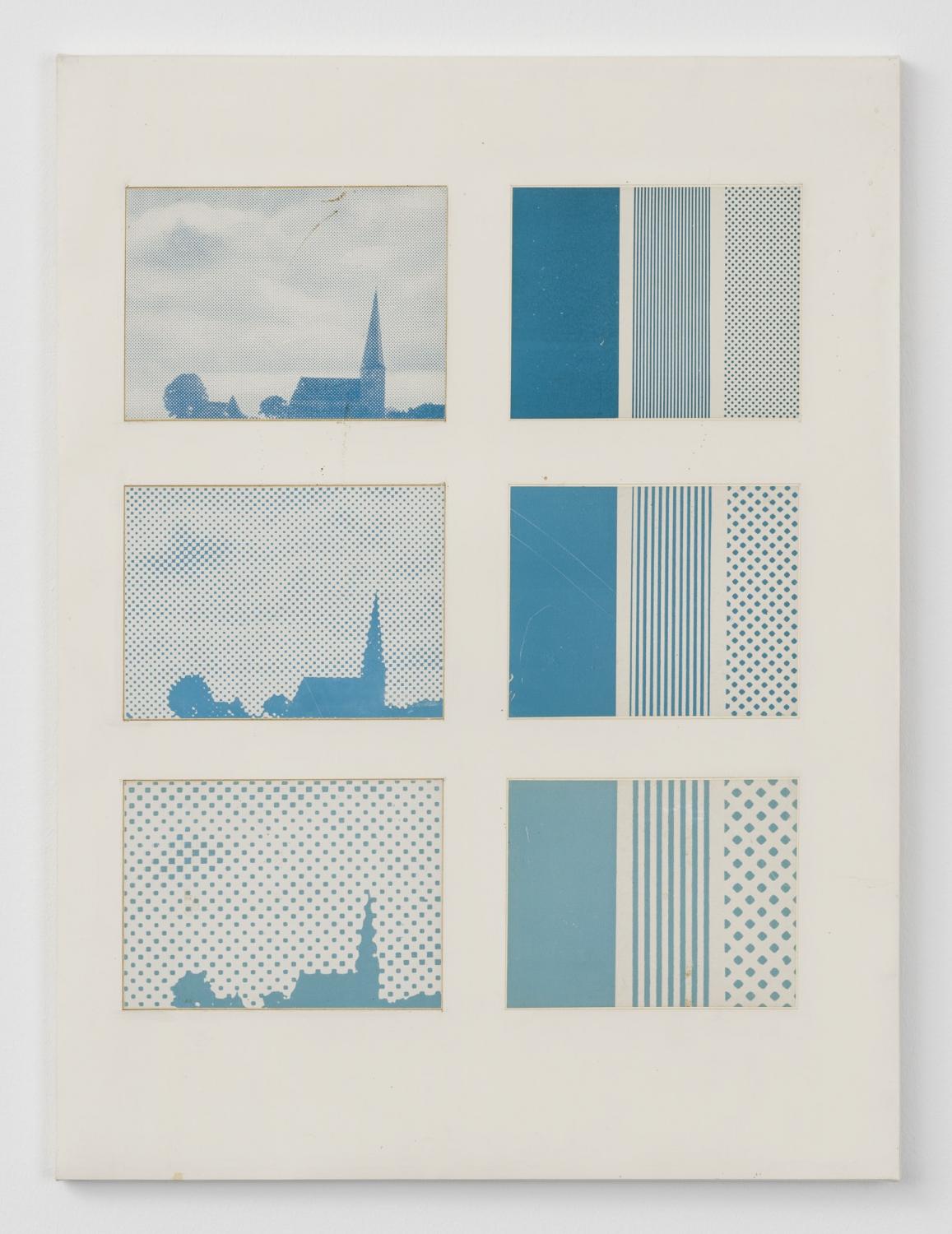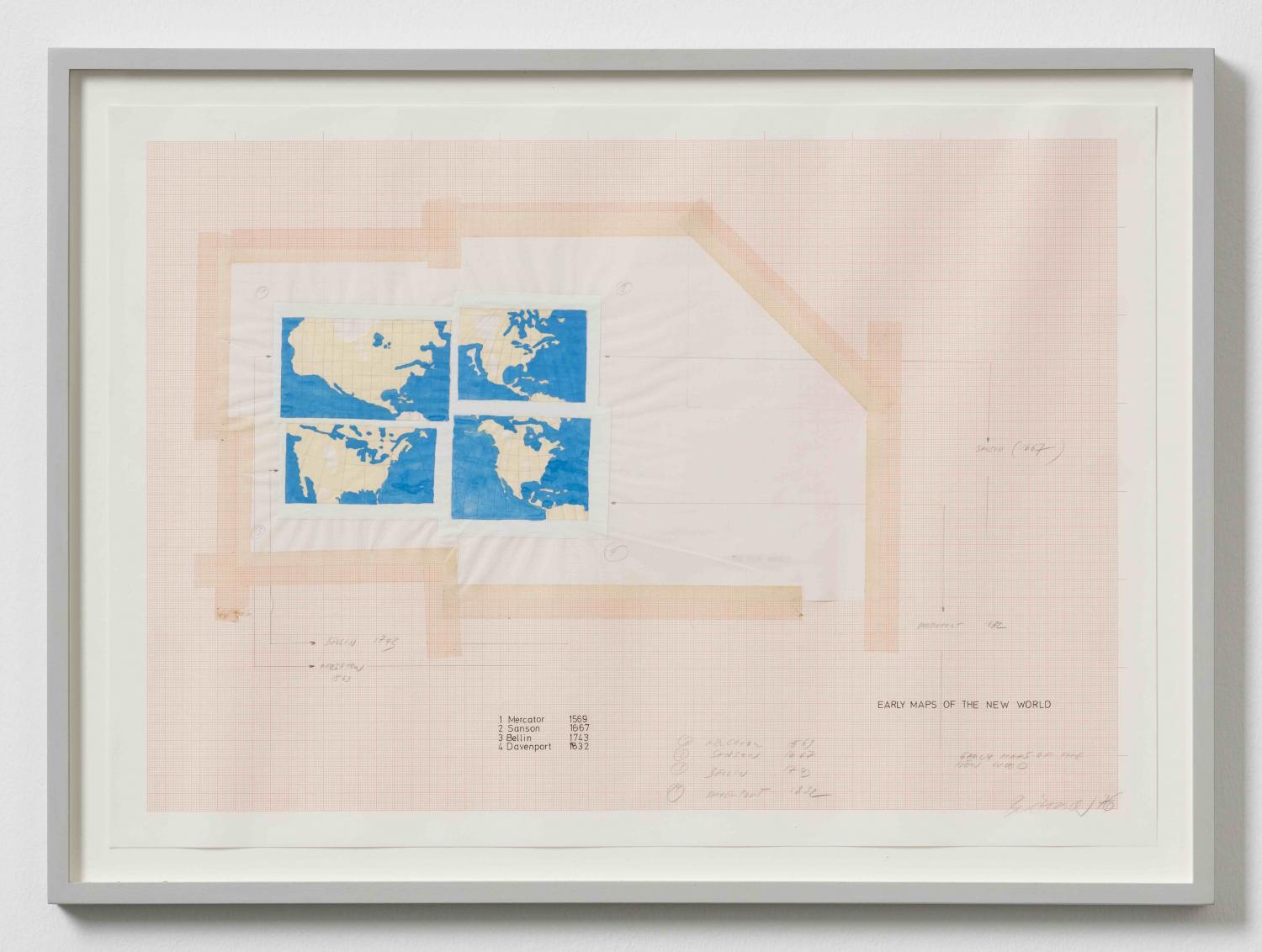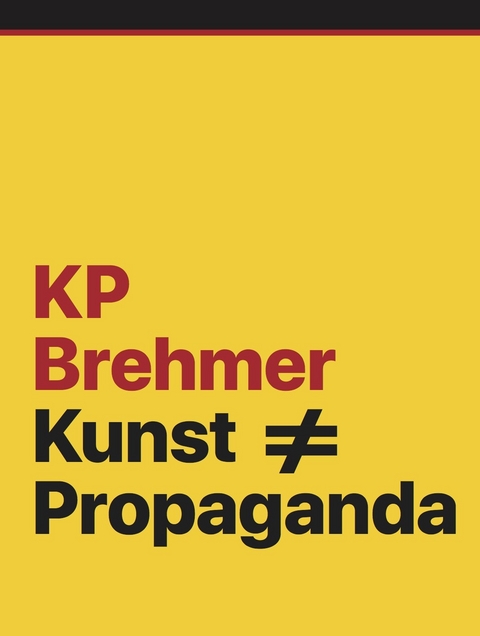KP Brehmer Song of Growth
Curated by Elisa R. Linn and Lennart Wolff
27.06.–08.08.2020
Opening weekend: 27./28.06.2020, 11am–6pm
Growth lines of a leaf, fluctuations of particles and pollutants in a city’s atmosphere, the increase in food production or a self-portrait in the style of thermal imaging, KP Brehmer (1938–1997) employed a wide range of subjects. Made between the late 1960s and ’80s, the works on view in the exhibition at Weiss Falk have been selected because of their allusion in one way or the other to a seemingly immortal metaphor that continues to grab the collective imagination: growth. It penetrates every scale of modern societal organization and production, every aspect of public and utmost personal life, from the “miracles” of birth and death to the accumulation of waste along shorelines or the managed increase of yields in industrial farming.
For Brehmer, the “problem” of visualization was always a central concern in his art. Therefore, he attempted to depict aesthetic processes analogous to real ones, and appropriated, interpreted and manipulated all kinds of official records. This source material — data, information, maps — had very different origins, from scientific studies and reports by governments and official agencies to popular media and news outlets. Hence the found iconography, for instance motifs on stamps in Wohlstandsmarke, 1966 and statistical representations of political, social as well as ecological systems and their intersections, have all been painted, printed or drawn by the artist.
In the late 1970s and early ’80s, KP Brehmer produced a body of work that fused two kinds of compositions: graphic arrangements of lines and fields and musical notations. He developed scores and sketches based on observations of biological and social processes. In Komposition No. 3 (in Form und Wuchs eines Spitzklettblattes), 1983, the intensity of the leaves’ veins is translated into a musical score. Their symmetrical structure — two sides mirrored along the midline — accommodates the two-handed piano composition, divided into left and right.
Similarly, in the unfinished series Lied von der Erde (Earth Song), 1979, a symphony by Gustav Mahler, from which its title is borrowed, is interwoven with visualizations of continental drifts. Here growth and movement that is either too fast or too slow, too big or too small and hence can only be experienced as representations recorded by technical apparatuses and (scientific) languages are re-read through a sensual and performative act when the notes are played.
The series Ideale Landschaft, consisting of multiple works that include three-dimensional objects, prints, drawings and films, looks at an imaginary idealized landscape, unveiling it to be merely an ideological construct. Here it becomes apparent that the very idea of a natural environment is ultimately human-made and without meaning unless determined by an organism’s relationship to it. Running parallel to the idealization of a virginal nature for the sake of creation of identity and nationalistic cohesion, Brehmer traces the continuous expansion of modern industry that reshapes the realm of the natural. Some of his works take the form of diagrams and maps that do away with the opposition between the concrete and the abstract. Instead they show actually existing real abstractions — attempts to accurately represent the world — such as a survey of food availability in different countries in Lebensmittelversorgung nach Ländern (Gemessen am Kalorienbedarf), 1973. Following Marx, the underlying mechanism of the here portrayed larger social whole is not only the ongoing alienation of turning all things into commodities, but also the privatization of land that disunites humanity from nature. In these processes even pollution is turned into a commodity that is intrinsically linked to growth, at least when thinking of it as a metaphor associated with consumerism and fossil-based economies. In fact the concentration of harmful organic and inorganic particles in ecosystems as addressed in Wenn das Meer tot ist…, around 1979, or Verschmutzungsgrad der italienischen Küsten, 1979, is mirrored by a semantic pollution in the modern media environments that are composed of images, signs and messages.
Countering that, Brehmer developed a series of strategies such as “Sichtagitation” that mobilized mediality and perception, for instance in Schriftproben zur Bestimmung der Sehschärfe, 1976. These not only unearthed visual culture’s function in postwar societies, but also drew up alternating models for artistic agency. With that he re-politicizes allegedly irrefutable causality and neutral scientific truths, including ones about the natural environment. For instance, Sichtweiten in verschiedenen Höhen über der Po-Ebene (am 12.10.1978), 1979 is a painting based on observing visibility at different elevations in a part of Northern Italy characterized by manufacturing, the resulting smog, and the local, foggy climate. Historically it is also home to a strong workers’ movement. Thus the work points towards the correlation between the decrease in exhausts and fumes when production comes to a halt during strike days and the way the landscape is perceived.
In the earlier work Skylines (Variable Versions), 1970/1971 the levels of different types of particles and pollutants in Berlin’s air are traced by the viewer on a blackboard-like surface. The graph that results resembles an abstracted skyline. Here it becomes obvious that Brehmer deliberated ways to assure the timeliness of the work through its adaptability and constant updating. On another level it also shows what the artist attempted to achieve: to move all emphasis from the I to the We. This echoed a productivist approach prevalent in the 1920s Soviet Union which pursued a radical democratization of art production in which no longer only a few would participate in its making, but instead artistic and non-artistic means would be fused in the collective move towards a “non-capital-oriented form of living” (Kerstin Stakemeier).
By no coincidence, during this same period Vladimir Vernadsky founded the concept of the Biosphere, environmental protection laws were being passed, and studies in Soviet ecology flourished, before the Stalinist dogma of relentless industrialization put an end to it. Vernadsky saw societies’ creative labor not only associated with animals and plants but as an equal part of the larger complex system on the earth’s crust. In this understanding of the biosphere as encompassing both non-living and living matter, human society is only one of its subsystems (Chris Williams). In turn the economy is only a subsystem of society though important to its reproduction and development. Yet a conventional economist would deem the exact opposite as being true. From that vantage point economic concerns occupy the center stage, whereas ecological aspects are only an afterthought — something that at best needs to be managed better or more carefully integrated. Only by making the human-made system of the capitalist economy the overarching framework, its very own essential notion becomes plausible: the idea of endless economic growth. Precisely here Brehmer’s “sharpening of tools” helps one to see through this smog of semantic pollution, that is composed of ideological fragments, conventional wisdom and truism to understand the workings and possible toxicity of a metaphor or image — such as growth.
Elisa R. Linn and Lennart Wolff
Press:
Elisa R. Linn and Lennart Wolff in converstation with Hans Haacke
KP Brehmer, Song of Growth, Press release


















































